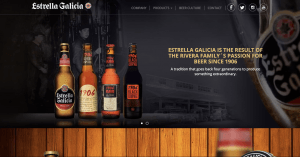A grass-roots, community-first/prioritized approach is definitely the most effective way in reaching out to those in demographics less privileged. I use to intern for a non-profit organization in undergrad called Building One Community. What they do is that they act as an inclusive safe-haven/community center for immigrants in the Stamford, CT area. They offer various classes (such as ESL, Home-Health aide, Culinary courses, etc.), access to vital resources (immigrant legal counsel, driving lessons, access to healthcare services, etc.) and overall act as advocates in the community on behalf of the immigrant community they work with and their donors to help influence policy change and media attention to their campaigns and causes.
They embody a real grass-roots approach by working directly with their community. This reduces any ambiguity of their missions/internal practices, ensures transparency, and therefore mutual trust. To me, creating and maintaining trust is at the epicenter of a successful non-profit. The also organization their communication practices in terms of each community they interact with whether its donor relations, media relations, policy-maker relations, and of course, with their clientele of course. In keeping with maintaining the appropriate and most effective ways and communications with each demographic, they work with ensures a seamless flow overall, allowing their non-profit and their messages to be as successful as it can be.
